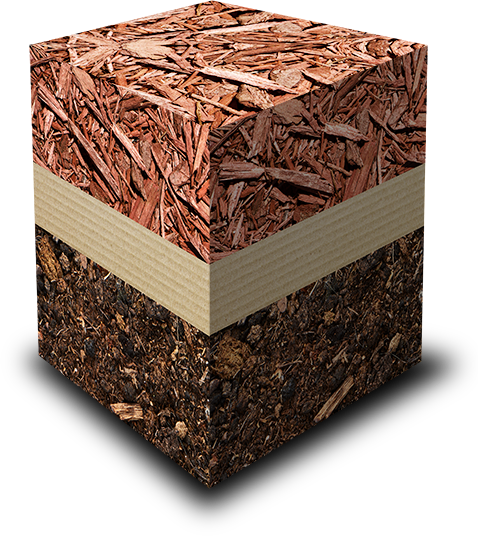In my last post, we began our new series, How To Start A Garden, with some back end planning work. I suggested that you get a soil test done, draw a map of your space, and start to make a master list of all the plants you hope to eventually grow.
This week we’ll dive into breaking ground in the garden, and beginning the process of transforming your lawn into a thriving, productive plot of land. It can be pretty intimidating to look out at a blank slate and wonder just how to dive in. There are lots of ways to break ground and tear up the ground in order to plant a garden. Here are some options to consider:

Primary Cultivation
This is where my brain naturally goes as a farmer. You need to not only break up the grass and soil surface, but you need to get deep in order to break up any hard pan that exists, and allow water, amendments, and roots space to travel downwards. The goal is not to invert or mix up all the layers of soil and subsoil, but just to penetrate those deeper layers. If your plot is an easy-to-access ¼ acre or bigger, this might be the route for you. Consider hiring in a tractor with a plow, spader, or heavy disc and ripping bars. Some areas can get away with just a walk-behind tiller, but if your soil has never been worked, I worry that you’re not getting deep enough and just pulverizing your soil.
Bring In The Animals

There’s a lot animals can do to prepare your land for a garden. Sheep are known to be a great option if you’re dealing with a lot of plant material to break down, and pigs can really tear up that soil for you. My friend Aaron at Sweetgrass Grazing brings sheep all around the Bay to do just that, and says this:
“We use temporary electric fencing to keep the sheep bunched together, moving rapidly over the land. The flock does not return to the same place until the plants have fully recovered from the last grazing thus allowing them to nourish the soil life with the deepest roots that they are able to grow. This methodology also creates an even distribution of urine and manure which fertilizes the entire landscape as opposed to just the favored shady spots. The sheep eat and trample evenly instead of cherry-picking their favorite plants and leaving the less desirable ones to overpopulate. We strive for maximum soil cover at all times. Our planning takes into consideration the lifecycle of all the wild plants and animals.”
Sheet Mulch
If you’re looking to build on top of your grass, there’s always sheet mulching or lasagna gardening. With a small enough plot and enough human-power (and wood chips), you can grow on top of a parking lot if need be. Start with compost, add a thick layer of cardboard, and layer wood chips on top. You can then leave this to break down for a season, or add compost, manure, or soil on top to build beds right on top of the ground. My friends Pistil & Stamen do just this in New Orleans, growing beautiful flowers in the craziest of places.

I hope this gives you some ideas to start thinking about how to get into your ground! Next time we’ll continue on the road to starting a new garden.


 Family
Family

